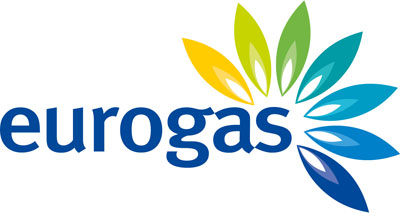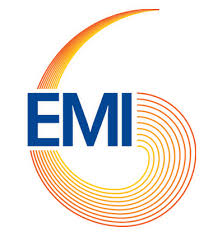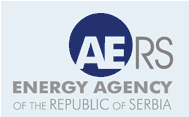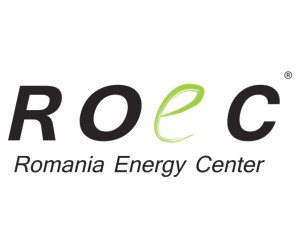"While Europe has never been a cheap energy location, in recent years the energy price gap between the EU and major economic partners has further increased,” says the paper, a draft of which has been seen by the FT.
It is to be released by the commission this week as part of a landmark climate and energy package that will shape EU energy use up to 2030. The package has prompted debate across the bloc about whether Europe’s competitiveness is being affected by its existing climate and energy policies, which only last until 2020. Lakshmi Mittal, chairman and CEO of steel group ArcelorMittal, writes in Tuesday’s Financial Times that the new energy and climate package must "close the huge cost gap that is threatening Europe’s energy-intensive industries”.
The gap in energy costs between Europe and its leading trading partners is widening, according to an official paper to be released by Brussels that shows industrial electricity prices in the region are more than double those in the US and 20 per cent higher than China’s. Industrial gas prices are three to four times higher in the EU than comparable US and Russian prices, and 12 per cent higher than in China, says the European Commission paper, based on the most comprehensive official analysis of EU energy prices and costs to date.
"While Europe has never been a cheap energy location, in recent years the energy price gap between the EU and major economic partners has further increased,” says the paper, a draft of which has been seen by the FT.
"If we paid US energy prices at our EU facilities, our costs would drop by more than $1bn a year,” said Mr Mittal, noting the US shale gas boom and more industry-friendly policies had led to much lower costs for industrial energy users in that country.
Separately, Paolo Scaroni, chief executive of the Italian oil and gas company, Eni, said in a speech at the weekend that lower American energy costs had created a "massive competitive advantage for the US” that was driving investors and businesses to that country at a rapid pace. "This is a real emergency for Europe,” he said.
The European Commission paper says energy price differences between the EU and its economic partners have widened for a number of reasons, some of which the EU has little ability to influence. These include domestic subsidies in some producer countries and the growth of US shale gas.
The paper also says the supply of electricity is more reliable in most EU member states than in the US, China, Russia or Japan, which means EU industries do not face the costs of disrupted power supplies felt by rivals abroad.
Beyond 2020, it adds, costs are likely to stabilise and then slightly decrease as renewable energy replaces fossil fuels.
It will be closely read as Brussels this week unveils targets for reducing greenhouse gas emissions that countries must meet by 2030.
Britain, France, Germany, Italy, Spain and the Netherlands are seeking a binding cut of at least 40 per cent from 1990 levels. But European commissioners with industrial portfolios are pressing for a 35 per cent reduction.
People close to the negotiations say individual European countries will probably not receive binding renewables’ targets, although there will be an overarching target of up to 27 per cent for the EU as a whole. This would be a significant reversal from the targets set for 2020, when countries had to generate set percentages of their power from sources such as solar panels and wind turbines.
The commission is also due to release guidelines on the exploitation of shale. These are not legally binding and satisfy countries such as Britain and Poland, which had sought free rein to develop their unconventional gas reserves.
*Financial Times, 20 January, 2014

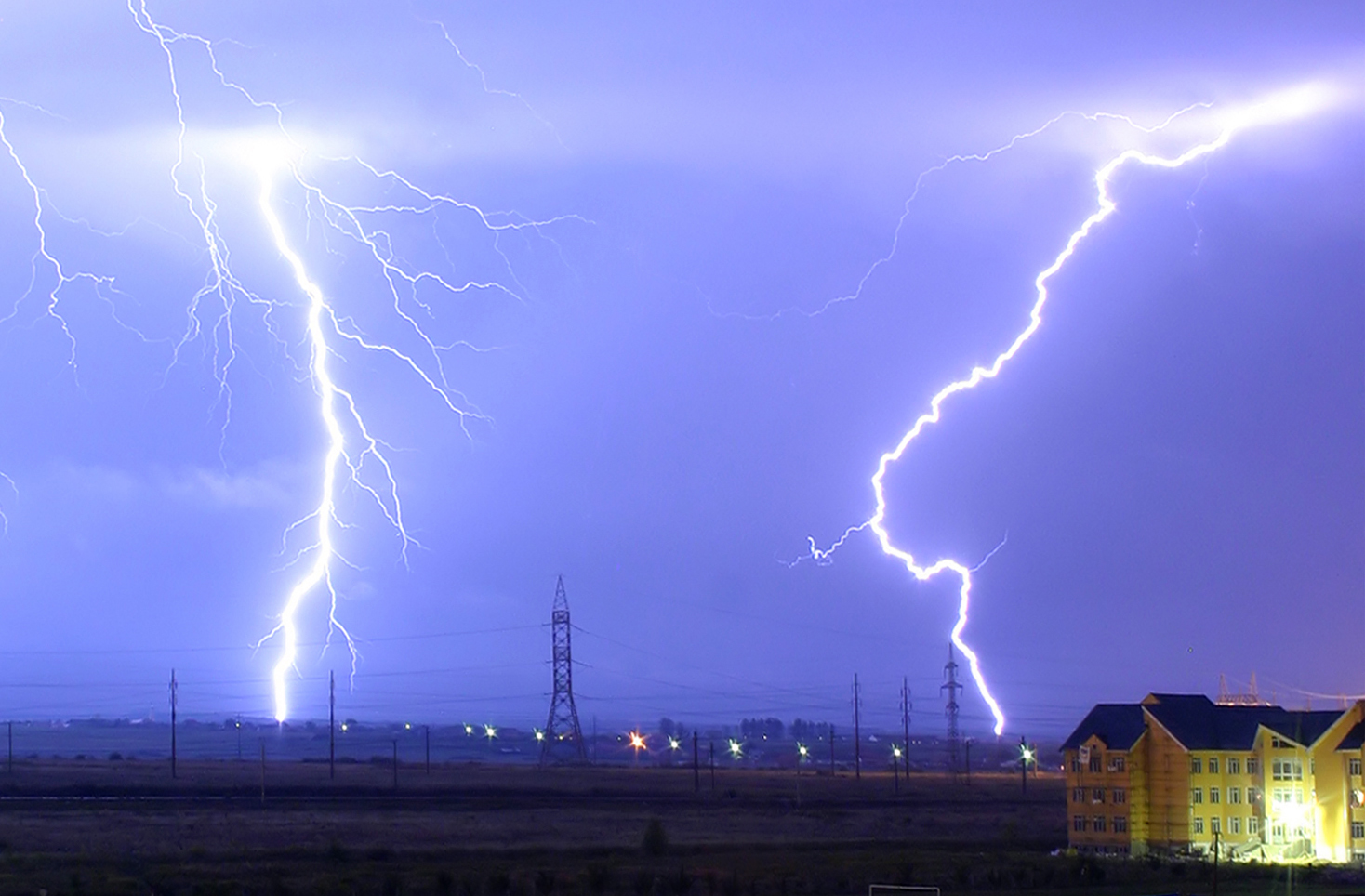 by Pilita Clark in London and Christian Oliver in Brussels*
by Pilita Clark in London and Christian Oliver in Brussels*





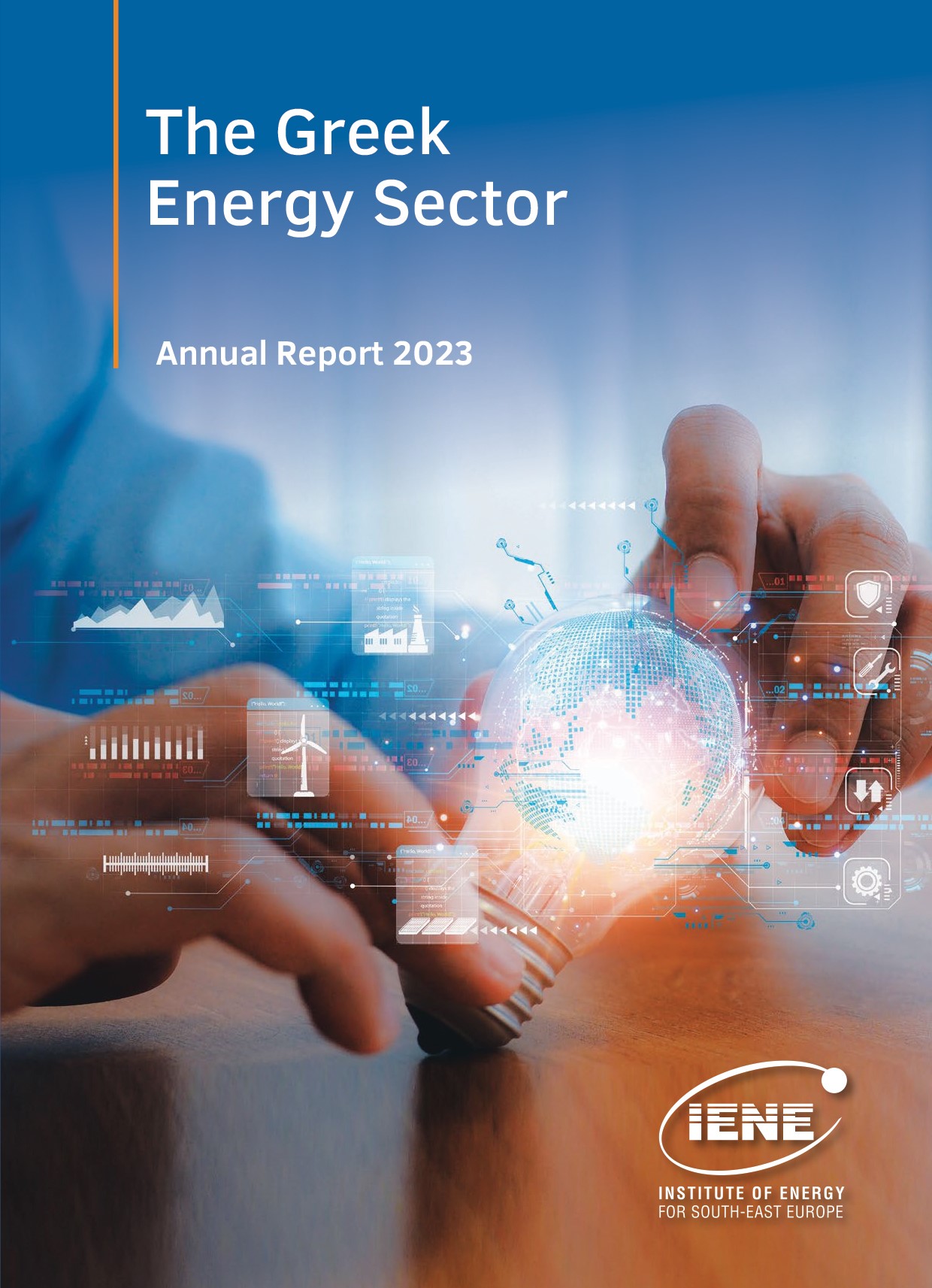

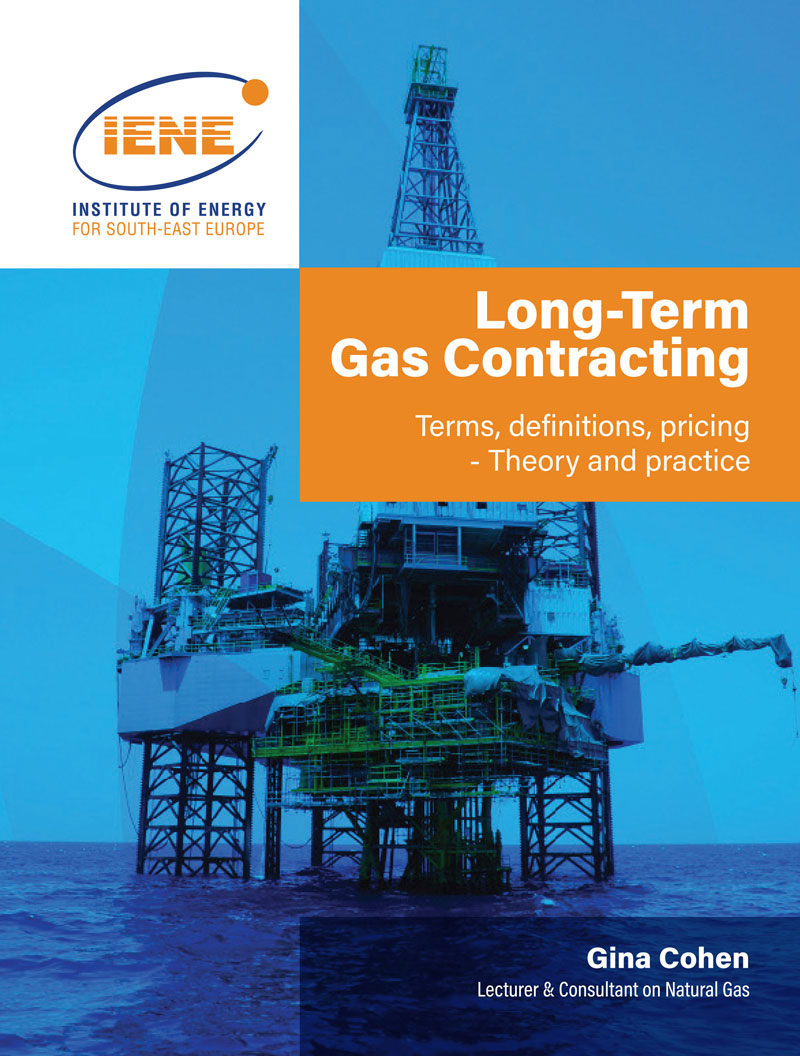 More
More




